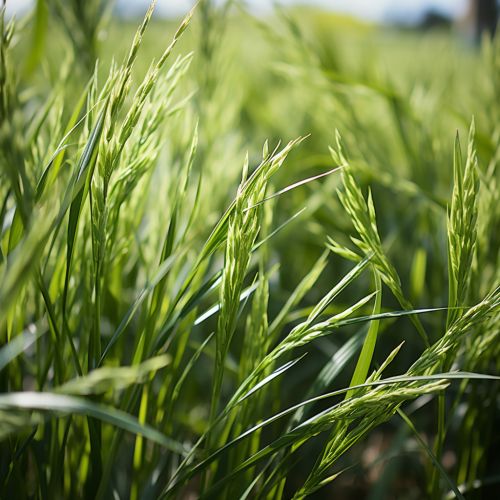Gibberellin
Introduction
Gibberellins (GAs) are a large family of plant hormones that play a vital role in plant growth and development. They were first discovered in Japan in the 1920s during studies on a fungal disease in rice known as "foolish seedling" or "bakanae" disease, which caused abnormal elongation of the rice seedlings. The substance responsible for this growth was later identified as a type of gibberellin, named after the fungus Gibberella fujikuroi from which it was first isolated.


Chemistry and Types
Gibberellins are tetracyclic diterpene acids, a class of organic compounds composed of four rings of carbon atoms. There are over 130 known types of gibberellins, numbered GA1 through GA130+. They are classified based on their structural similarities and their bioactivity in plants. Some of the most well-known and studied gibberellins include GA1, GA3, GA4, and GA7.
Biosynthesis and Metabolism
The biosynthesis of gibberellins involves a complex series of enzymatic reactions that occur in different parts of the plant, including the roots, leaves, and seeds. The process begins with the conversion of geranylgeranyl pyrophosphate (GGPP), a common precursor in the biosynthesis of terpenes, into ent-kaurene, a key intermediate in the gibberellin biosynthetic pathway. This conversion is catalyzed by the enzyme ent-copalyl diphosphate synthase (CPS) and ent-kaurene synthase (KS).
Functions
Gibberellins have a wide range of functions in plants, including the regulation of stem elongation, seed germination, flowering, and fruit development. They are also involved in the regulation of various physiological processes, such as cell division and cell elongation, and they interact with other plant hormones to regulate plant growth and development.
Role in Agriculture
Due to their role in promoting plant growth, gibberellins have been used in agriculture to improve crop yield and quality. For example, they are used to promote stem elongation in crops like rice and wheat, to induce flowering in fruit trees, and to increase fruit size in crops like grapes and apples.
